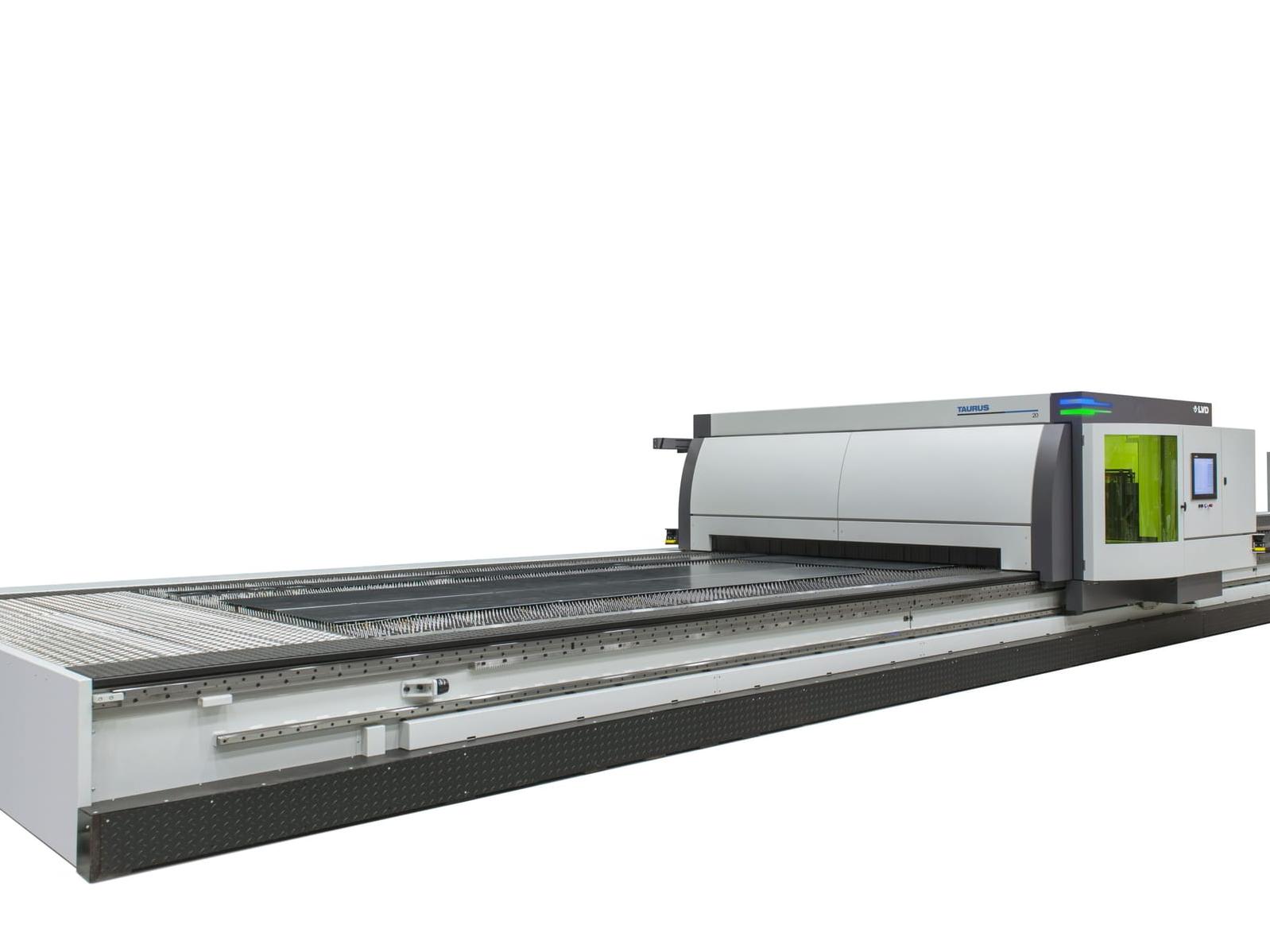Putting safety first when working with robots

Ensuring worker safety should be the prime consideration in all robot applications, especially when humans and robots may need to share the same workspace.
“Robot safety is an issue that transcends the requirements of specific industry sectors or applications,” says Darren Whittall, technical manager at Fanuc UK. “In addition to regulatory requirements, there is also a moral obligation to ensure that the workforce is properly protected. If overlooked, robot-related accidents can have substantial financial and reputational implications too,” he warns.
Unlike more predictable automated operations, robots can produce powerful and rapid movements through a large operational space, and the path of a robot and/or its arm is difficult for a human to accurately predict. Most robot-related accidents occur during non-routine operating conditions – for example when an operator temporarily enters the robot's working envelope to complete programming, maintenance, testing, set-up, or adjustment tasks.
Until recently, the only acceptable way to make a robot safe was to banish humans from the robot working area using physical guarding solutions. However, the development of software-enabled safety technology has changed this.
Software-enabled safety is now becoming accepted practice. Dual Check Safety (DCS) Position & Speed Check software, for example, is a package of software-based safety options integrated into Fanuc's R30iA and R30iB robot controllers, ensuring safe monitoring of robot position and speed. It allows safety zones to be quickly and easily designed and removes the need for hardware such as limit switches and zone switches. Fanuc's safety technology is well-proven, being based on a design that has been employed for many years in its CNC products. The software functions are also certified to performance level (PL) d as specified in BS EN ISO 13849-1.
Mr Whittall explains the main benefits of a software-based safety solution when compared to hardware-based solutions: “Having less hardware means that safety can be integrated more cost-effectively,” he says. “Traditionally, it has been necessary to bolt a number of sensors onto a robot to determine where the robot and its arm are positioned within the cell at any time. This can cost several thousand pounds, depending on the application and the number of sensors needed. With a software-based solution these sensors are not required, reducing hardware costs, not to mention the physical time it takes to install the sensors.”
Mr Whittall estimates that it is possible to achieve a 50% cost reduction for a small single robot system with multiple safety devices, just in terms of the hardware savings versus a software-based safety solution.
DCS Position Check features ensure that the robot stays inside designated safe areas and the robot can be locked out of areas where it might cause a hazard. Position Check can identify multiple areas of the robot including any attached end effectors. The safe zones can be modelled within the software using geometric shapes of up to eight vertical lines each. These areas can be adapted – enabled and disabled to change the areas that the robot is not allowed to enter – depending on the task it is undertaking and the changing conditions a defined area. The use of these adaptive zones allows for a more compact cell layout and allows humans and robots to safely share a common space in a controlled way.
The DCS Speed Check functionality makes it possible to define the maximum robot speed. Speed can also be changed in reaction to a defined event, in addition to ensuring that the robot holds a position when necessary. “Often, there are rotary fixtures within a cell which must not move while the operator is undertaking a loading procedure,” Mr Whittall explains.
Another DCS option is the PL e certified Safe IO Connect. This allows the robot controller to manage the enabling/disabling of position and speed functions of other equipment in the designated area due to an external event – such as an operator stepping into a set zone. It supports the main safety fieldbuses, including DeviceNet Safety, Ethernet/IP Safety and PROFInet Safety.
Fanuc's DCS offering also includes the optional Safety PMC (programmable machine control). An addition to the standard PMC, it allows the robot to control the entire cell, including the safety functionality, negating the need for additional dedicated safety hardware, such as a safety PLC.
There are many features available within Fanuc's DCS Position & Speed Check to ensure worker safety in robot applications. In addition to achieving this in the most cost-effective way, it also has the potential to enhance productivity by allowing humans and robots to inhabit the same space in a controlled and safe manner.
Fanuc Robotics
www.fanuc.eu













